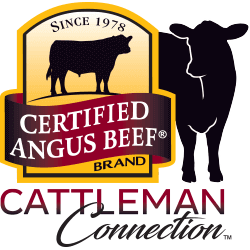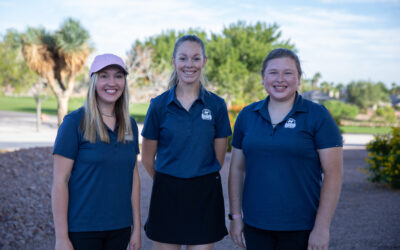
Where back fat, marbling and money meet
There are fat cattle, and then there are fat cattle
by Steve Suther
It’s a wonder any cattle feeder can judge the marbling inside the ribeye by guessing fat thickness just under the hide. It shouldn’t work, but grid marketing of finished cattle is largely based on this acquired skill.
Robert Maddock, meat scientist at North Dakota State University, recently authored a white paper, “The relationship between subcutaneous fat and marbling,” to help sort out the finer points.
On a carcass, the “sub-Q” is referred to as external fat, but most producers just call it back fat. Marbling is a more common term for intramuscular fat, the white flecks within meat that carry much of the flavor and determine taste.
It’s a key issue in cattle feeding Maddock says, because putting on too much back fat means “lower carcass yields and higher costs of gain, whereas lack of marbling results in lower carcass value and generally lower consumer eating satisfaction.”
The crux of the matter is these two manifestations of fat are only moderately related at best. Estimating fat cover is “not a good method of evaluating the marbling potential of finished cattle.”
Still, it is possible to manage both or even enhance marbling while keeping back fat in check.
Historically, USDA quality grades declined for 16 years from 1990 to 2006 and the incidence of over-finished, yield grade (YG) 4 cattle increased for the last half of that period. Since 2006, both quality and yield grades have improved.
Only a tiny fraction of Prime carcasses were YG 1 in the 2011 National Beef Quality Audit, the same tiny fraction of Standard (no roll) carcasses that were YG 5. Most Prime and top Choice carcasses were YG 3.
Marbling growth is linear (see line graph) and “occurs at a relatively constant rate throughout finishing,” the paper notes. “The high caloric intake of cattle in the feedlot allows the body to deposit marbling at the same time as it deposits subcutaneous fat.”

That can start before cattle enter the feedlot, however, and the white paper points out:
• As long as the caloric and nutritional needs of growing cattle are met, energy in excess of requirements for growth will result in marbling development no matter the age of the cattle.
• When calories in excess of growth requirements are available, marbling will develop to the genetic potential of the cattle.
At some point, back fat and yield grade begin to increase faster than marbling growth. Data from the American Angus Association (see table) shows the greatest marbling growth occurs while 12th-rib fat is increasing from 0.3 to 0.5 inches, with little added marbling after 0.6 inches.
Tying in economic concerns, Maddock concludes, “Cattle should be fed until a point where excessive external fat and carcass weight result in discounts greater than any premium that can be obtained from higher marbling scores.”
The details are in that white paper at http://www.cabpartners.com/news/research.php

You may also like
Working for Premiums
The commercial Angus rancher from Collyer, Kansas, came back for daily homework in 1999 after a year at college. For 25 years now, he’s studied all the ways to grow his family’s W6 Cattle cow-calf herd with Angus at the base. Guided by data, Walt worked to improve the herd from zero Primes to averaging 60 percent. Learning what drives premiums prompted improvement.
Certified Angus Beef Takes the Field
Certified Angus Beef showcased the best Angus beef at the Pro Football Hall of Fame Enshrinement Festival in Canton, Ohio. The first weekend of August saw CAB’s involvement in two-key activations: the Enshrinees’ Gold Jacket Dinner and the Class of 2024 Unscripted & Tailgate.
$100,000 Up for Grabs with 2024 Colvin Scholarships
Certified Angus Beef is offering $100,000 in scholarships for agricultural college students through the 2024 Colvin Scholarship Fund. Aspiring students passionate about agriculture and innovation, who live in the U.S. or Canada, are encouraged to apply before the April 30 deadline. With the Colvin Scholarship Fund honoring Louis M. “Mick” Colvin’s legacy, Certified Angus Beef continues its commitment to cultivating future leaders in the beef industry.



